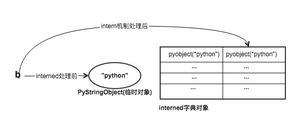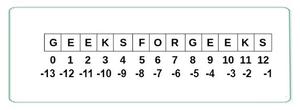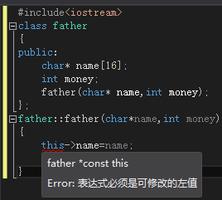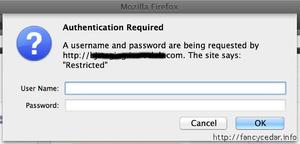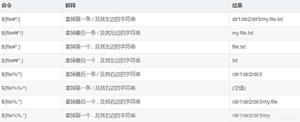Python中处理字符串之endswith()方法的使用简介
endswith()方法返回true,如果字符串以指定后缀结尾,否则返回(False可选限制的匹配从给定的索引开始和结束)。
语法
以下是endswith()方法的语法:
str.endswith(suffix[, start[, end]])
参数
- suffix -- 这可能是一个字符串或者是元组用于查找后缀。
- start -- 切片从此开始
- end -- 切片到此为止
返回值
如果字符串以指定的后缀结束此方法返回true,否则返回false。
例子
下面的例子显示了endswith()方法的使用。
#!/usr/bin/python
str = "this is string example....wow!!!";
suffix = "wow!!!";
print str.endswith(suffix);
print str.endswith(suffix,20);
suffix = "is";
print str.endswith(suffix, 2, 4);
print str.endswith(suffix, 2, 6);
当我们运行上面的程序,它会产生以下结果:
True
True
True
False
以上是 Python中处理字符串之endswith()方法的使用简介 的全部内容, 来源链接: utcz.com/z/330354.html

